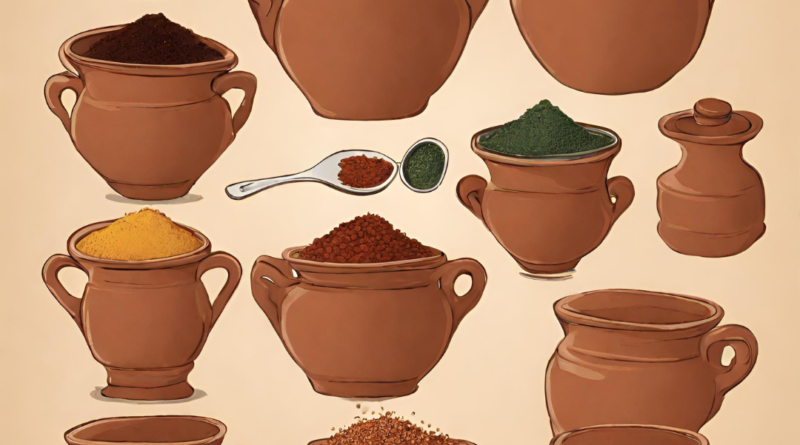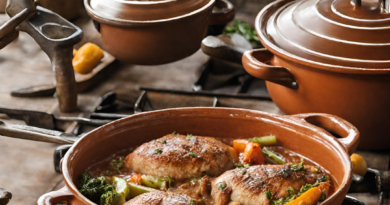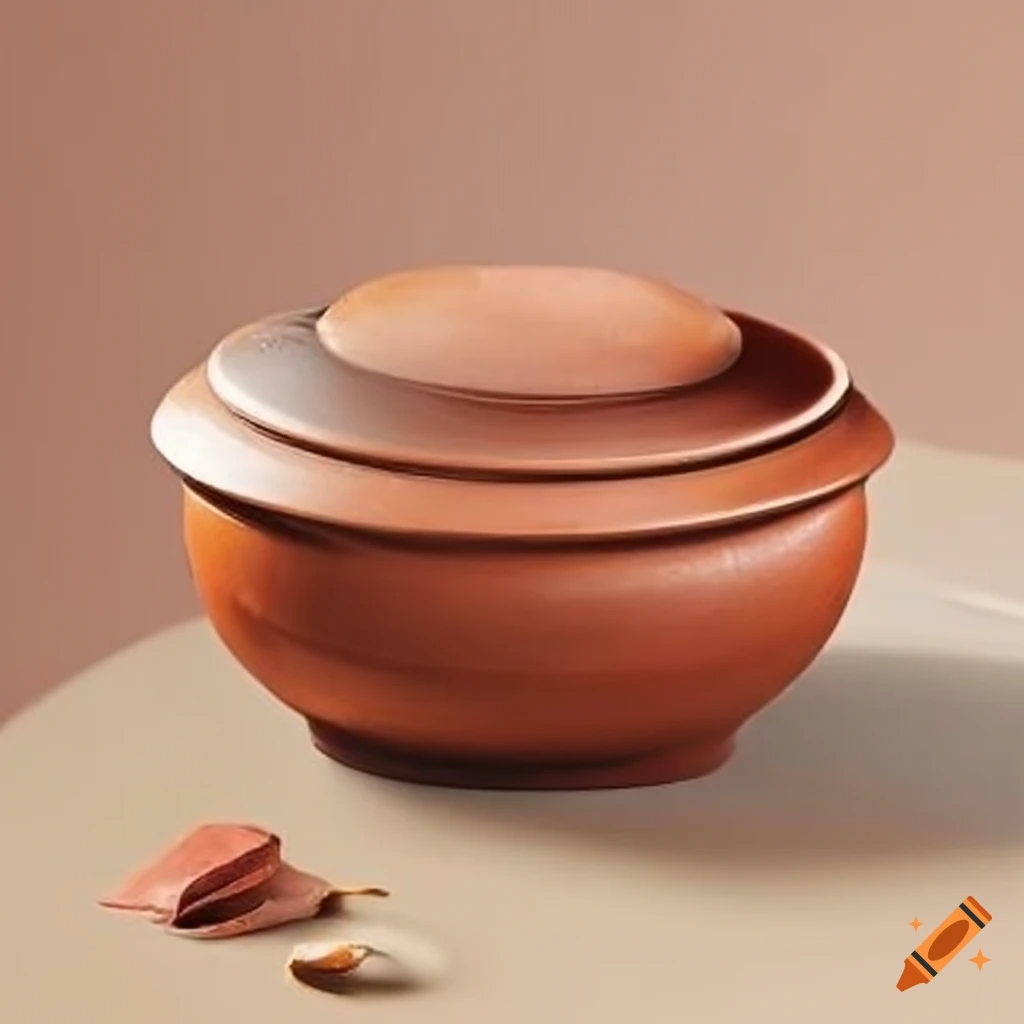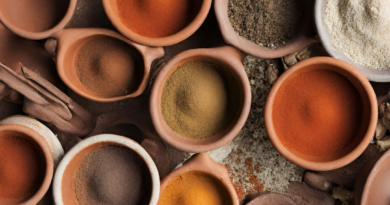How do you adapt recipes for different types of clay cookware?
Adapting recipes for different types of clay cookware primarily involves understanding the characteristics of the specific clay pot you are using, such as whether it is glazed or unglazed, its size, and its heat retention properties. Here are some general guidelines for adapting recipes:
1. Consider the Type of Clay Pot
– Unglazed Clay Pot: Unglazed pots are porous and can absorb moisture and flavors. They are excellent for slow cooking and dishes that benefit from the pot’s ability to retain moisture and release subtle earthy flavors. To use unglazed clay pots, season them before cooking and keep in mind that they may require longer preheating times.
– Glazed Clay Pot: Glazed clay pots have a non-porous, smooth interior surface that makes them less prone to absorbing moisture or flavors. They are suitable for a wider range of recipes and may not require seasoning. Glazed pots can be easier to clean and are versatile for various cooking techniques.
2. Size Matters
The size of the clay pot should match the quantity of food you are preparing. If the pot is too large, it may not retain enough moisture, and the dish might dry out. If it’s too small, ingredients may be overcrowded, affecting the cooking process. Adjust the recipe’s quantities accordingly.
3. Preheat Gradually
Preheat the clay pot gradually to avoid thermal shock, especially for unglazed pots. Start with a low heat setting and gradually increase the temperature. This ensures the pot heats evenly and reduces the risk of cracking.
4. Adjust Cooking Times
Be prepared to adjust cooking times when using clay pots. Clay pots often require longer cooking times, especially for slow-cooked dishes. Keep an eye on the progress and use the recommended cooking times as guidelines.
5. Monitor Moisture Levels
Clay pots, especially unglazed ones, retain moisture well. Be mindful of the amount of liquid in the recipe, as you may need less than in traditional cookware. You can always add liquid if necessary during cooking, but it’s more challenging to remove excess liquid.
6. Consider the Pot’s Heat Retention
Clay pots retain heat well even after removing them from the heat source. This means that dishes will continue to cook for some time after the heat is turned off. Account for this in your cooking times and consider letting the dish rest for a few minutes before serving.
7. Experiment and Adapt
Don’t be afraid to experiment and adapt recipes to suit your specific clay cookware. Over time, you’ll become more familiar with how your pot performs and how it affects different types of dishes.
8. Use Clay for Enhancing Flavor
Consider using clay cookware for recipes where the pot’s unique properties, such as moisture retention and flavor enhancement, can have a positive impact. These may include slow-cooked stews, braises, roasts, and dishes with delicate ingredients like fish or rice.
9. Maintain and Season
Properly maintain your clay cookware, following any care instructions provided by the manufacturer. Season unglazed pots as needed to maintain their non-stick properties and enhance their longevity.
Adapting recipes for different types of clay cookware involves understanding the strengths and limitations of your specific pot and making adjustments accordingly. With practice, you can become skilled at harnessing the unique qualities of clay cookware to create flavorful and delicious dishes.



